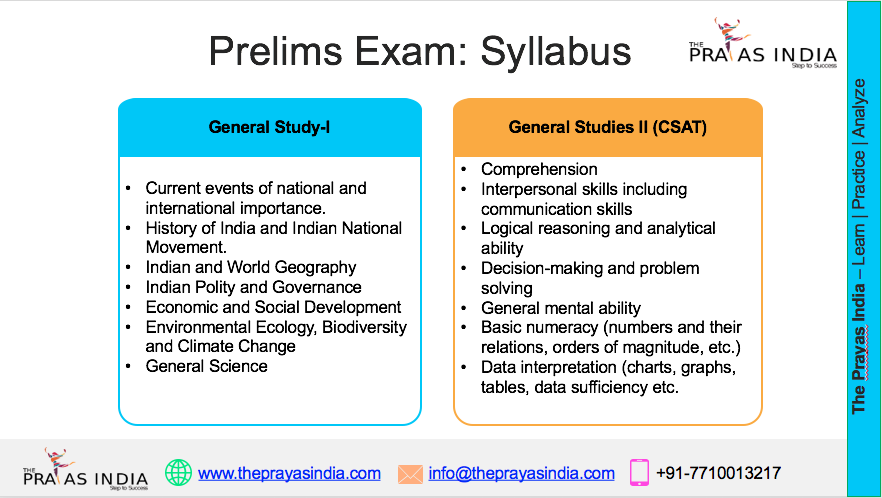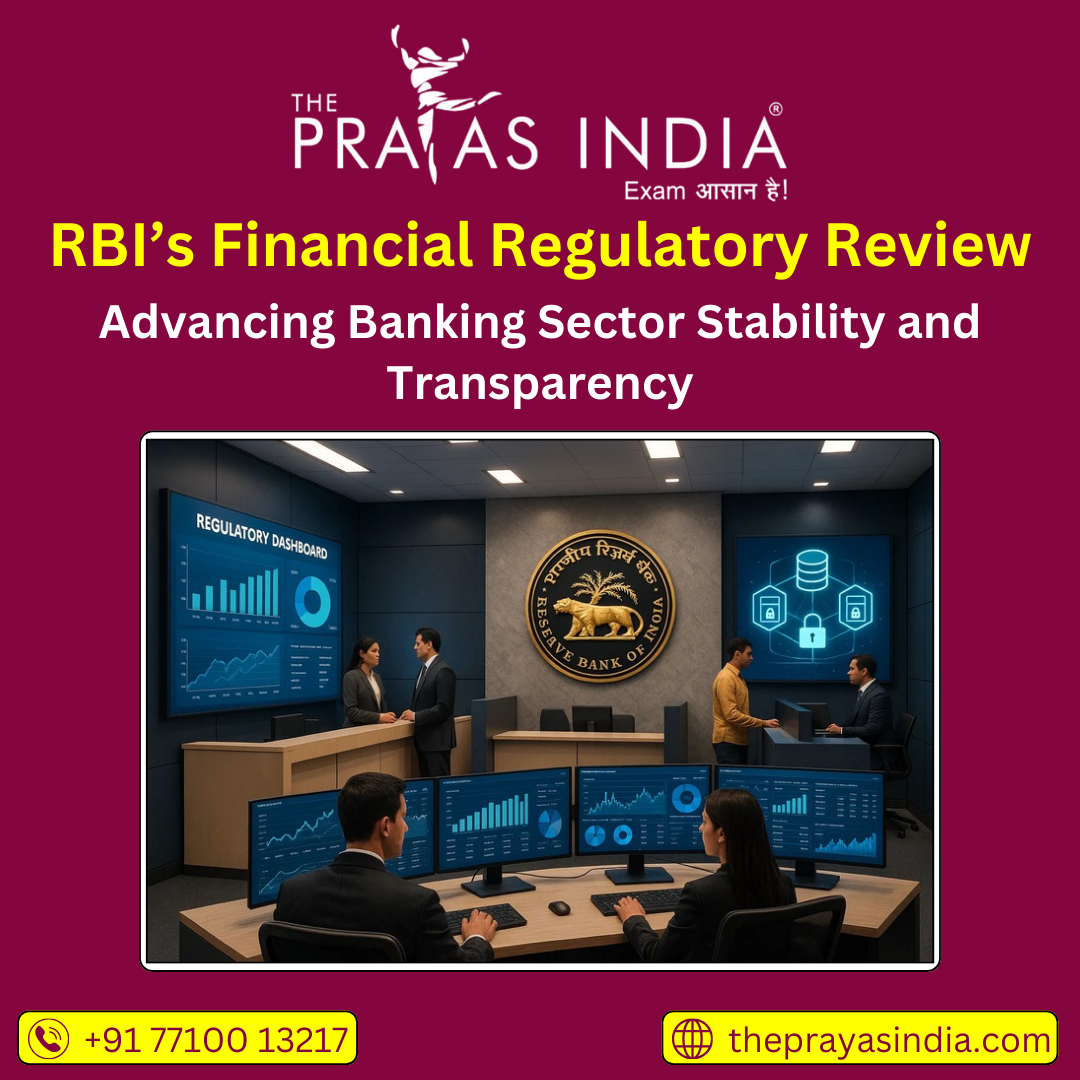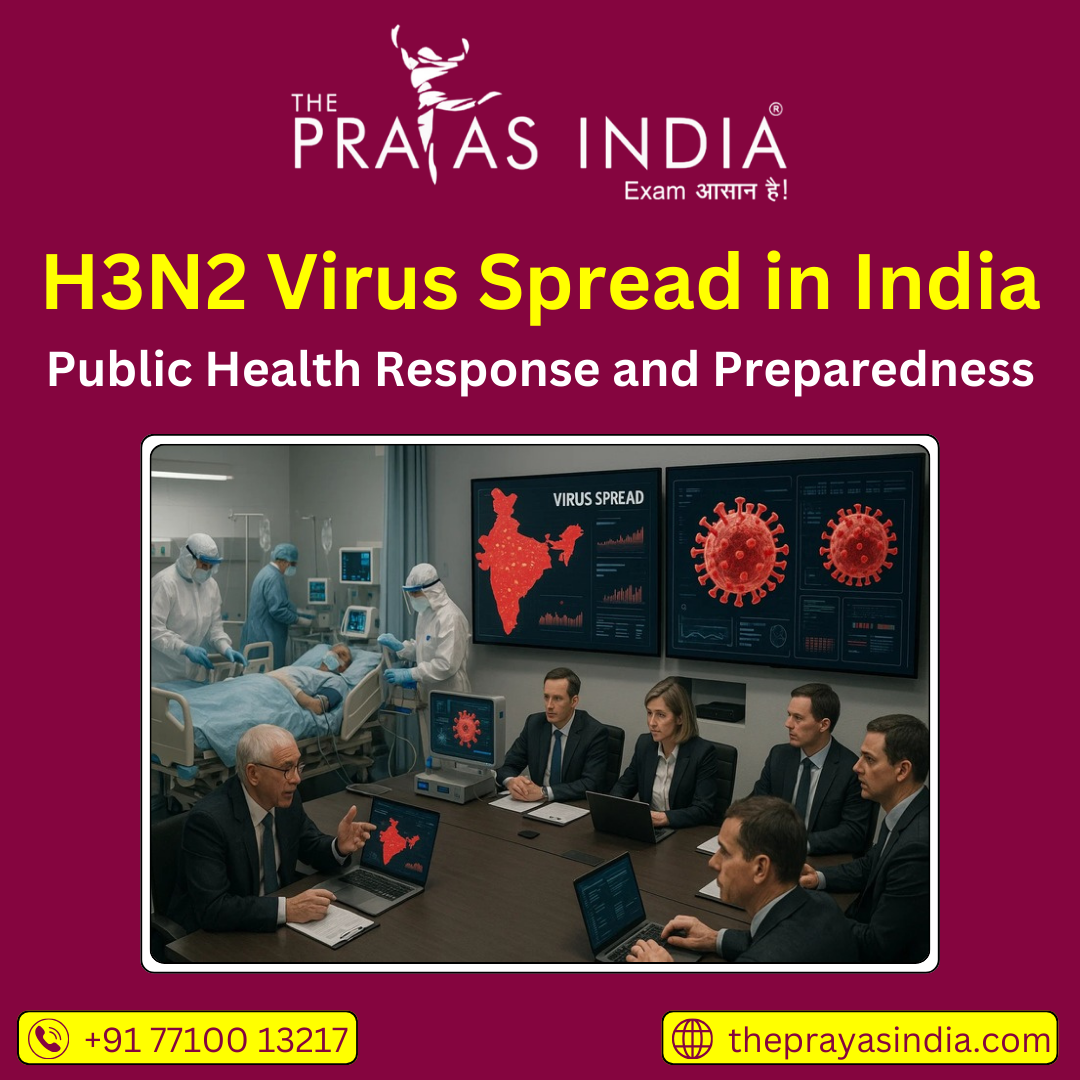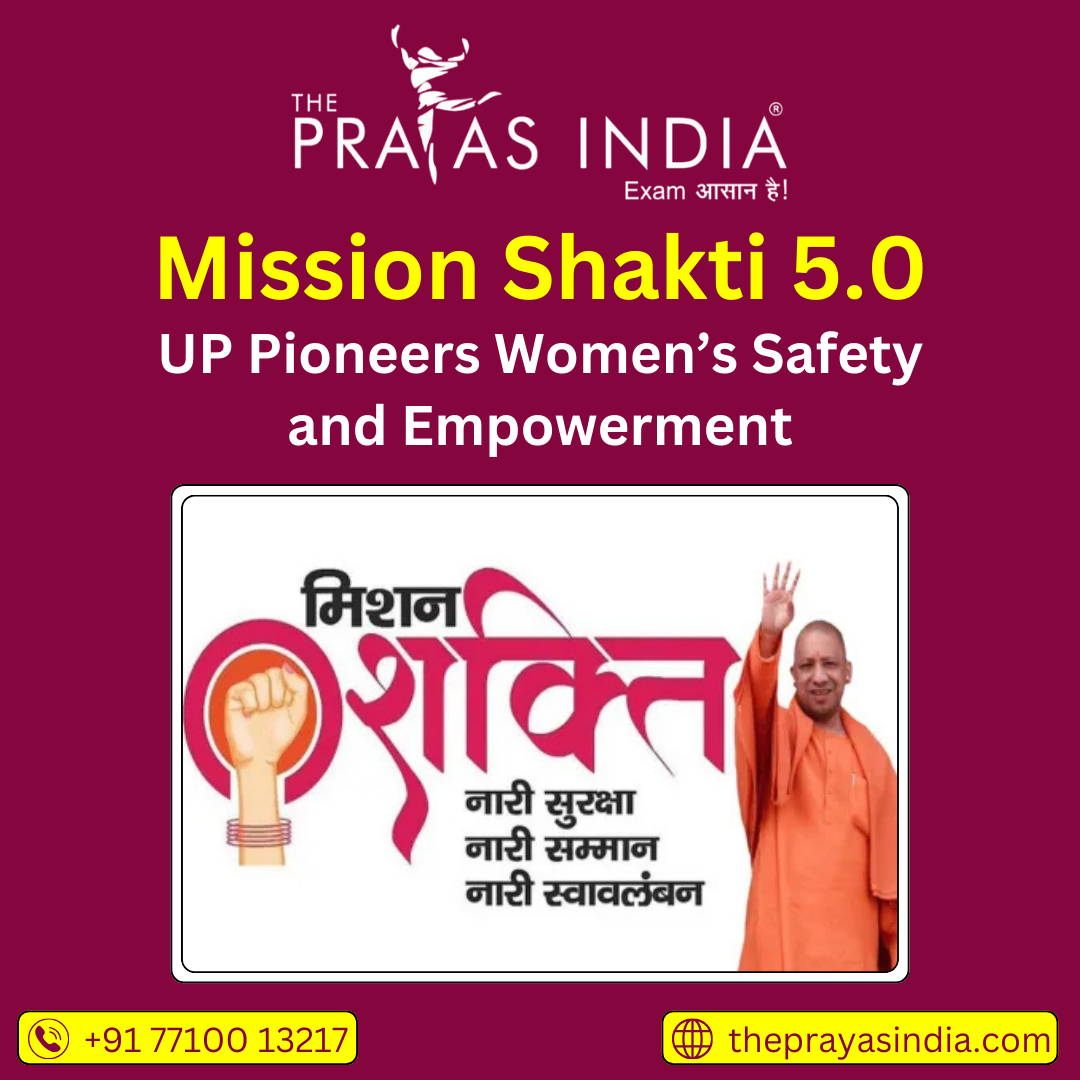Making of the Constitution
What is a Constitution?
- A Constitution is a document of people’s faith and aspirations possessing a special legal sanctity.
- It is the fundamental law of a country, and all other laws and customs of the country in order to be legally valid shall conform to the Constitution.
- It is the supreme law of the land.
- In short, a Constitution is the rule book of a nation, codifying the rulw of law.
Framing or Making of he Indian Constitution:
-The present Constitution of India was framed by an indeirectly elected Constitutuent Assembly and was formally adopted on 26th November 1949.
– It came into force on 26th January 1950. 26th January was chosen as the Republic day because it was on this day in 1929 when declaration of Indian Independence (Purna Swaraj) was proclaimed by the Indian National Congress as opposed to the Dominion status offered by the British Empire.
– the Constitutuent Assembly was set up under the Cabinet Mission (1946) proposal to draft a Constitution for Independent India.
Composition of the Constitution
Constituent assembly was constituted in November 1946 under the scheme formulated by the Cabinet Mission Plan. Its features are as follows:
- Total strength –
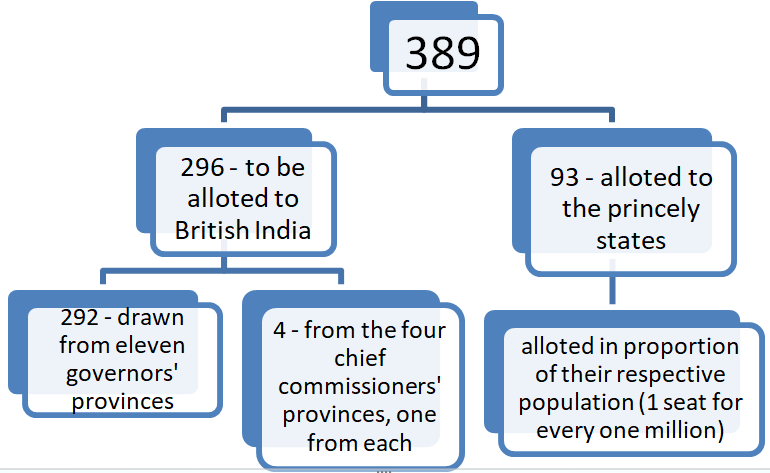
- Seats allocated to each british province were to be divided among the three principal communities – Muslims, Sikhs and General (all except Muslims and Sikhs), in proportion to their population.
- The representatives of each community were to be elected by the members of that community in the provincial legislative assembly and voting was to be by the method of proportional representation by means of single transferable vote.
- The representatives of the princely states were to be nominated by the heads of the princely states.
- It is thus clear that the Constituent Assembly was to be a partly elected and partly nominated body. Moreover, the members were to be indirectly elected by the members of the provincial assemblies, who themselves were elected on a limited franchise.
- The elections to the Constitutional Assembly (for 292 seats allotted to the British Indian Provinces) were held in July-August 1946.
- The Indian National Congress won 208 seats
- Muslim League won 73 seats.
- And the small groups and independents got the remaining 15 seats.
- However, the 93 seats allotted to the princely states were not filled as they decided to stay away from the Constitutional Assembly.
Working of the Constitutional Assembly
The Constitutional Assembly held its first meeting on December 9, 1946. The Muslim League boycotted the meeting and insisted on a separate state of Pakistan. The meeting was, thus, attended by only 211 members.
- Sachchidananda Sinha, the oldest member, was elected as the temporary President of the Assembly, following the French practice.
- Later, Dr. Rajendra Prasad was elected as the President of the Assembly.
- Similarly both H.C. Mukherjee and V.T. Krishnamachari were elected as the Vice-President of the Assembly. In other words, the Assembly had two Vice-Presidents.
Guidelines laid down for framing the Constitution
The philosophy underlying the Indian Constitution was embodied quite early in the Objectives Resolution which was moved in the first session of the Constituent Assembly on December 13, 1946, by Pt. Jawaharlal Nehru and adopted after considerable debate and deliberation in the Assembly on January 22, 1947.
It reads:
- This Constituent Assembly declares its firm and solemn resolve to proclaim India as the Independent Sovereign Republic and to draw up for her future governance a Constitution –
- Wherein the territories that now comprise British India, the territories that now form the Indian States, and such other parts of India as are outside India and the States as well as other territories as are willing to be constituted into independent sovereign India, shall be a Union of them all, and
- Wherein the said territories, whether with their present boundaries or with such others as may be determined by the Constituent Assembly and thereafter according to the law of the Constitution, shall possess and retain the status of autonomous units together with residuary powers and exercise all powers and functions of Government and administration save and except such powers and functions as are vested in or assigned to the Union or as are inherent or implied in the Union or resulting there from,
- Wherein all power and authority of the Sovereign Independent India, its constituent parts and organs of Government are derived from the people,
- Wherein shall be guaranteed and secured to all the people of India justice, social, economic and political; equality of status of opportunity, and before the law; freedom of thought, expression, belief, faith, worship, vocation, association and action, subject to law and public morality
- Wherein adequate safeguards shall be provided for minorities, backward and tribal areas, and depressed and other backward classes
- Whereby shall be maintained the integrity of the territory of the Republic and its sovereign rights on land, sea and air according to justice and the law of civilized nations and
- This ancient land attains its rightful and honoured place in the world and makes its full and willing contribution to the promotion of world peace and the welfare of mankind. This Resolution was unanimously adopted by the Assembly on January 22, 1947. It influenced the eventual shaping of the Constitution through all its subsequent stages. Its modified version forms the Preamble of the present Constitution.
Other functions performed by the Constituent Assembly:
- It ratified the India’s membership of the Commonwealth in May 1949.
- It adopted the national flag on July 22, 1947.
- It adopted the national anthem on January 24, 1950.
- It adopted the national song on January 24, 1950.
- It elected Dr. Rajendra Prasad as the first President of India on January 24, 1950.
Enactment of the Constitution:
- B.R. Ambedkar introduced the final draft of the Constitution in the Assembly on November 4, 1948 – 1st reading.
- 2nd reading (clause by clause) started on November 15, 1948.
- 3rd reading of the draft started on November 14, 1949.
- The Draft Constitution was declared as passed on November 26, 1949 and received the signatures of the members and the president. This is also the date mentioned in the Preamble.
- The Constitution was adopted on November 26, 1949, contained a Preamble, 395 Articles and 8 Schedules.
| – Dr. B.R. Ambedkar, the then law minister, piloted the Draft Constitution in the Assembly.
– He is recognised as the ‘Father of the Constitution of India’. – He is also known as the ‘chief architect of the Constitution of India’. |
Enforcement of the Constitution
- Some provisions of the Constitution pertaining to Citizenship, elections, provisional parliament, temporary and transitional provisions, and short title contained in Articles 5, 6, 7, 8, 9, 60, 324, 366, 367, 379, 380, 388, 391, 392 and 393 came into force on November 26, 1949 itself.
- The remaining provisions of the Constitution came into force on January 26, 1950. This day is referred to as the ‘date of commencement’ and is celebrated as ‘Republic Day’. It was on this day in 1930 that Purna Swaraj day was celebrated, following the resolution of the Lahore Session (December 1929) of the INC.
Committees of the Constituent Assembly:
- The Constituent Assembly worked with the help of a large number of committees and subcommittees. Committees are of two types: those that deal with procedural matters and those that are of material importance.
- The most important committee is the Drafting Committee. Dr. Ambedkar is the Chairman of the Drafting Committee.
- The Constituent Assembly appointed 22 committees to deal with various tasks in the preparation of the constitution, of these, 8 are Main Committees and other Subcommittees.
Major Committees:
- Union Power Committee – Jawaharlal Nehru
- Union Constitution Committee – Jawaharlal Nehru
- Provincial Constitution Committee – Sardar Patel
- Drafting Committee – Dr. B.R. Ambedkar
- Advisory Committee on Fundamental Rights, Minorities and Tribal and Excluded Areas – Sardar Patel. This committee had the following sub-committees:
- Fundamental Rights Sub-Committee – J.B. Kripalani
- Minorities Sub-Committee – H.C. Mukherjee
- North-East Frontier Tribal Areas and Assam Excluded & Partially Excluded Areas Sub-Committee – Gopinath Bardoloi
- Excluded and Partially Excluded Areas (Other than those in Assam) Sub-Committee – A.V. Thakkar
- Rules of Procedure Committee – Dr. Rajendra Prasad
- States Committee (Committee for Negotiating with States) – Jawaharlal Nehru
- Steering Committee – Dr. Rajendra Prasad
Minor Committees:
- Committee on the Functions of the Constituent Assembly – G.V. Mavalankar
- Order of Business Committee – Dr. K.M. Munshi
- House Committee – B. Pattabhi Sitaramayya
- Ad-hoc Committee on the National Flag – Dr. Rajendra Prasad
- Special Committee to Examine the Draft Constitution – Jawaharlal Nehru
- Credentials Committee – Alladi Krishnaswamy Ayyar
- Finance and Staff Committee – Dr. Rajendra Prasad
- Press Gallery Committee – Usha Nath Sen
- Committee to Examine the Effect of Indian Independence Act of 1947
- Committee on Chief Commissioners’ Provinces – B. Pattabhi Sitaramayya
- Commission on Linguistic Provinces – S.K. Dar
- Expert Committee on Financial Provisions – Nalini Ranjan Sarkar
- Ad-hoc Committee on the Supreme Court – S. Varadachari
- Ad-hoc Committee on citizenship – S Varadachari
Drafting Committee:
- The Drafting Commission was established by the Constitutional Council on August 29, 1947, chaired by Dr. B. Ambedkar, to prepare the drafting of the constitution.
- It has seven members. The drafting committee is the most important body, as it is entrusted with the final task of drafting a new constitution based on reports submitted by other committees.
- The first draft was published in February 1948 and the citizens of India had eight months to discuss the draft and propose amendments.
- In response to comments and suggestions from the public, the committee prepared a second draft, which was published in October of the same year.
- The committee reviewed and revised the reports several times until a satisfactory draft was received
Seven members of the Drafting Committee:
- Dr. B.R. Ambedkar (Chairman)
- Gopalaswamy Ayyangar
- Alladi Krishnaswamy Ayyar
- Dr. K.M. Munshi
- Syed Mohammad Saadullah Madhava Rau (He replaced B.L. Mitter who resigned due to ill-health)
- T. Krishnamachari (He replaced D.P. Khaitan who died in 1948)
Important Facts
- Elephant – adopted as symbol (seal) of Constituent Assembly.
- Sir B.N. Rau – Constitutional advisor (legal advisor) to Constitutional Assembly.
- V.R. Iyengar – Secretary to the Constituent Assembly.
- N. Mukherjee – chief draftsman.
- Prem Behari Narain Raizada – calligrapher, written by him in a flowing italic style.
- Nand Lal Bose and Beohar Rammanohar Sinha – beautified and decorated the original version of Constitution. They were from Shantiniketan.
- Vasant Krishan Vaidya – calligrapher of the Hindi version of the Constitution.
Hindi text of the Constitution:
Originally there was no provision for the text of the Constitution in Hindi language.
Later, 58th Constitutional Amendment Act of 1987, inserted a new Article 394-A in the last part of the Constitution i.e., Part XXII. It contains:
- The President shall cause to be published under his authority:
- Translation of the Constitution in Hindi language.
- The translation in Hindi of every amendment of the Constitution made in English.
- The translation of the Constitution and every amendment shall be constructed to have the same meaning as the original text in English.
- The translation of the Constitution and every amendment shall be deemed to be for all purposes, its authoritative text in Hindi.
Previous Year’s Questions:
Prelims:
- Which one of the following statements correctly describes the Fourth Schedule of the Constitution of India? (2004)
- It contains the scheme of the distribution of powers between the Union and the States
- It contains the languages listed in the Constitution
- It contains the provisions regarding the administration of tribal areas
- It allocates seats in the Council of States
2. Who among the following was the chairman of the Union Constitution Committee of the Constituent Assembly? (2005)
- R. Ambedkar
- B. Kriplani
- Jawaharlal Nehru
- Alladi Krishnaswami Ayyar
3. With reference to Indian History, the Members of the Constituent Assembly from the Provinces were (2013)
- Directly elected by the people of these Provinces
- Nominated by the Indian National Congress and the Muslim League
- Elected by the Provincial Legislative Assemblies
- Selected by the Government for their expertise in constitutional matters
Answers:
- (d)
- (c)
- (c)
Mains:
- Significance of 26th November in the country’s polity. (2009)
- What is Constitution? What are the main sources of the Indian Constitution? (2007)
Answers:
- On 26th November, 1949, the Constitution containing a Preamble, 395 Articles and 8 Schedules was adopted by the Constituent Assembly.
- National Law Dayis another name for it.
- On November 19, 2015, the Ministry of Social Justice and Empowermentannounced the Government of India’s decision to declare November 26th as “Constitution Day.”
- The Constitution refers to the fundamental laws and principles which prescribes the nature, functions and the limits of a government. It reflects the aspirations of the people it belongs to. In India, the Constituent Assembly was constituted in November 1946, under the scheme formulated by the Cabinet Mission Plan. The Constitutent Assembly was a partly elected and partly nominated body. The members were to be indirectly elected by the members of the provincial assemblies, who themselves were elected on a limited franchise. It comprised of representatives of all sections of Indian society. The Constitution framers adopted from several sources, features which are present in the Indian Constitution.
The main sources of the Indian Constitution are as follows:
| Government of India Act 1935 | · Federal Scheme
· Emergency Provisions · Public Service Commissions · Office of Governor · Judiciary · Administrative Details |
| Constitution of the United States | · Preamble
· Fundamental Rights · The federal structure of government · Electoral College · Independence of the judiciary and separation of powers among the three branches of the government · Judicial review · President as Supreme Commander of Armed Forces · Equal protection under law |
| British constitution | · Parliamentary form of government
· The idea of single citizenship · The idea of the Rule of law · Writs · Institution of Speaker and his role · Lawmaking procedure · Procedure established by Law |
| Irish constitution (Ireland) | · Directive Principles of State Policy
· Nomination of members to Rajya Sabha · Method of Election of President |
| Australian constitution | · Freedom of trade and commerce within the country and between the states
· Power of the national legislature to make laws for implementing treaties, even on matters outside normal Federal jurisdiction · Concurrent List |
| French constitution | · Republic and the ideals of Liberty, Equality and Fraternity in the Preamble |
| Constitution of South Africa | · Procedure for amendment
· Election of Rajya Sabha members |
| Constitution of Soviet Union (USSR) | · Fundamental Duties under Article 51-A
· A Constitutionally mandated Planning Commission to oversee the development of the economy |
| Constitution of Germany | · Emergency powers to be enjoyed by the Union
· Suspension of Fundamental Rights during an emergency. |
| Constitution of Japan | · Procedure Established by Law |
| Constitution of Russia | · Fundamental Duties
· Idea of Social, Economic, and Political Justice in Preamble |


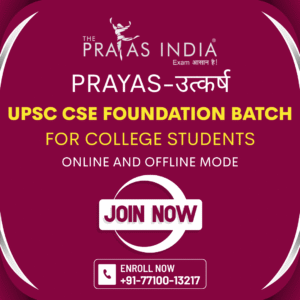

![Prayas-तेजस [UPSC CSE Sociology Optional] – Online & Offline](https://theprayasindia.com/wp-content/uploads/2025/09/Prayas-तेजस-UPSC-CSE-Optional-Subject-The-Prayas-India-300x300.png)
![Prayas-सूत्र [UPSC CSE Materials (Hardcopy)]](https://theprayasindia.com/wp-content/uploads/2025/09/Prayas-सूत्र-UPSC-CSE-Study-Materials-Hardcopy-The-Prayas-India-300x300.png)
![Prayas-मंत्रा [UPSC CSE CSAT]](https://theprayasindia.com/wp-content/uploads/2025/09/Prayas-मंत्रा-UPSC-CSE-CSAT-The-Prayas-India-300x300.png)
![Prayas सारथी [UPSC CSE One on One Mentorship]](https://theprayasindia.com/wp-content/uploads/2025/09/Prayas-सारथी-UPSC-CSE-One-on-One-Mentorship-The-Prayas-India-300x300.png)




